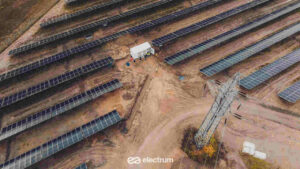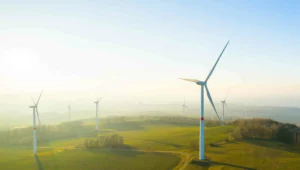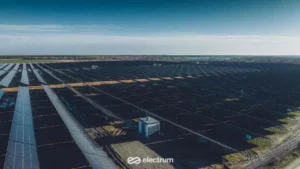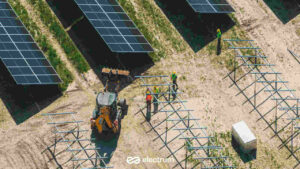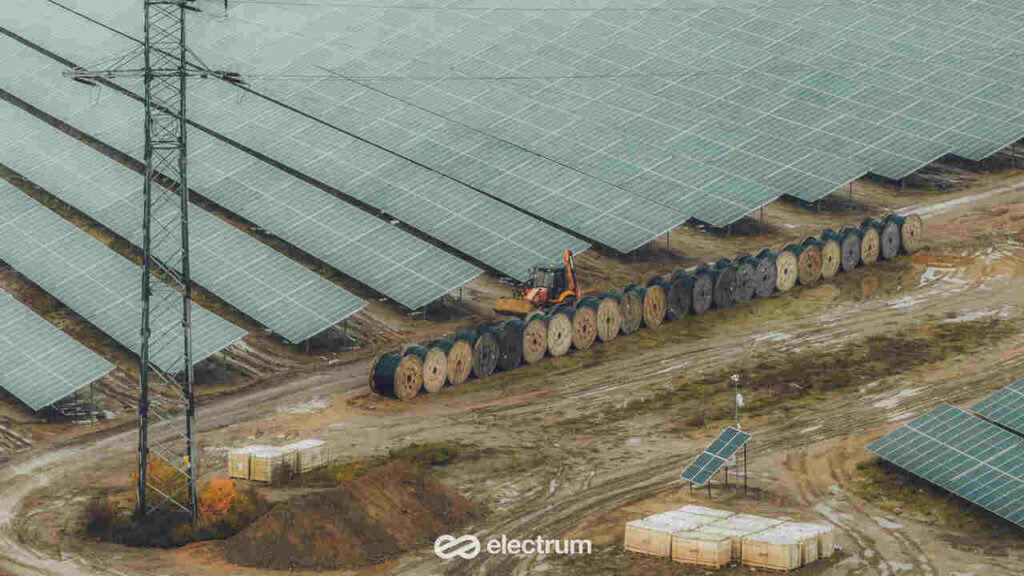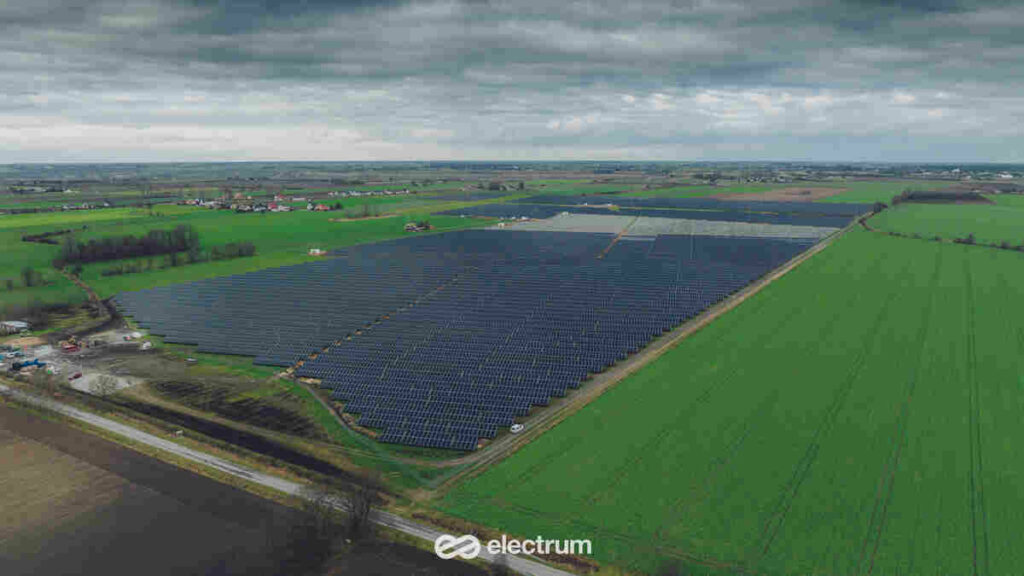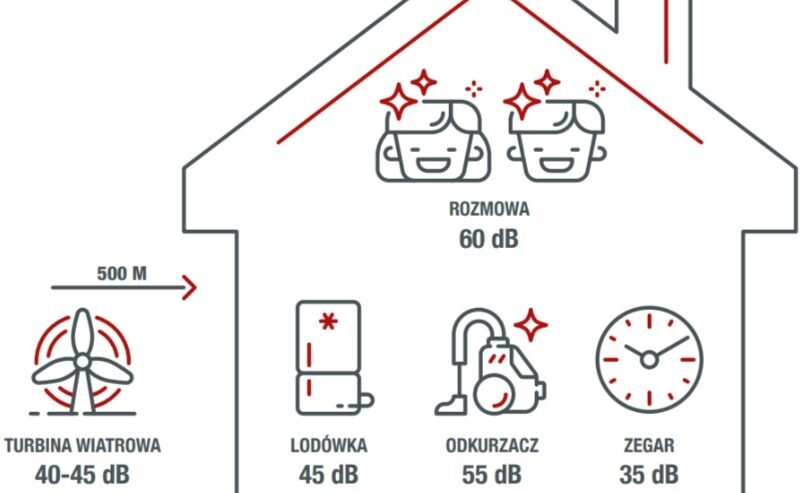What benefits can the combination of agricultural production with photovoltaics bring? In this article, we explain what this solution is all about.
How does it work, and is it successful globally? What potential does it have for energy production? Why is this trend worth our attention?
Agrivoltaics Definition and Quick Facts
- Definition: Agrivoltaics is the combination of agricultural activities with solar photovoltaics.
- The term comes from “agri-” (related to agriculture) and “photovoltaics.” Other terms used interchangeably include agrophotovoltaic and agriPV.
- In Europe, we observe dynamic growth of agrivoltaics in countries like France, Italy, the Netherlands, and Spain.
- Agrophotovoltaic systems (agriPV) are also very popular in Asian countries such as China, South Korea, and Japan.
- According to the report “Agrophotovoltaics in Poland: Modern Agriculture Powered by Solar Energy” by the Polish Photovoltaic Association, over 14 GWp of agriPV systems have been installed worldwide by 2023.
- Polish agrivoltaics are on the cusp of rapid growth, but the current lack of legal regulations supporting this solution is a barrier. However, this situation may change soon. Globally, the integration of solar energy with agricultural activities is continuously developing.
What is Agrivoltaics and How Does It Work in Practice?
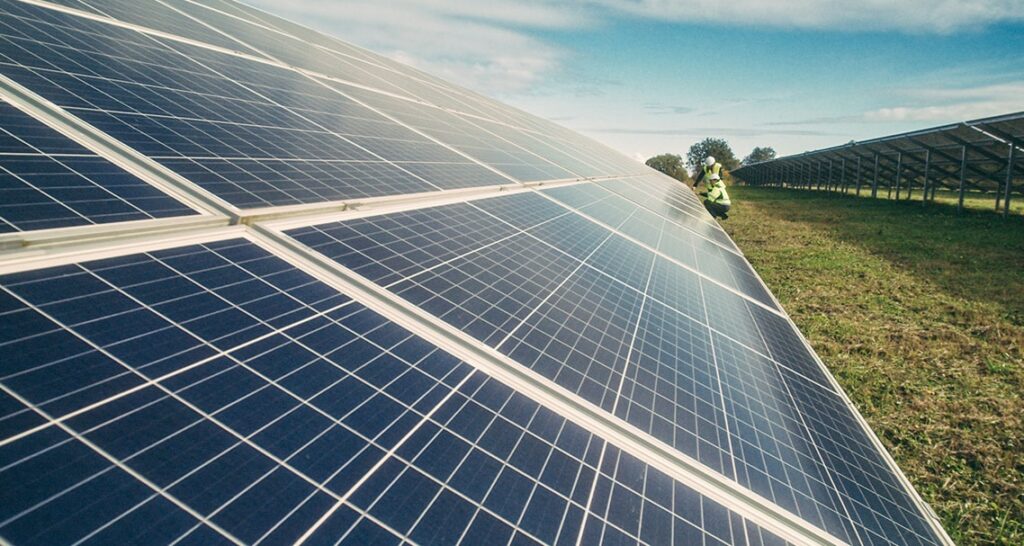
Agrophotovoltaic installations (agriPV or APV) have tremendous potential for modern sustainable agriculture. The technology combines the cultivation of crops or livestock with solar energy production on the same land, either for self-use or for sale. Typically, this involves placing PV panels on agricultural land, but the term also applies to installing panels on industrial buildings within farms.
To answer the question “what is it and how does it work,” let’s describe the main current designs of agriPV farms, though specific implementations may vary.
Read also: Solar Power System Design
Photovoltaic Panels Above Crops
In the most popular form, PV panels (e.g., semi-transparent but not necessarily) are placed above the ground on specially designed tall structures. The height depends on the type of crop and the specific needs of the farm – it can reach several meters. The panels leave space for crop growth and allow free movement underneath, including the use of agricultural machinery in taller installations. Thus, farmers have no issues accessing their crops. These agricultural solar systems generate energy from the sun while simultaneously protecting crops from excessive sunlight. The food grows in the shade of the panels, benefiting from a unique microclimate, reduced wind exposure, and better soil moisture.
Read also: Leasing Land for Solar Farm
Photovoltaic Installations Between Crop Rows
Another approach involves placing rows of photovoltaic panels between crop rows or in livestock areas (occupying, for example, 30% of the land), making them similar to traditional solar farms. The rows of panels can provide shelter for animals on hot days and also enhance biodiversity by preserving wild meadow vegetation beneath them. They protect the land from excessive soil erosion by reducing wind impact. In a version closest to traditional solar farms, the panels can cover the entire area, with crops like bear’s garlic growing underneath them (as seen in Poland, which we’ll discuss shortly).
Vertical Agrophotovoltaics and Greenhouse Crops
Another practiced solution is vertical agrivoltaics. Vertical panels are mounted on tall structures or supports, allowing for better use of the agricultural space beneath them.
There are also tests of APV installations integrated with greenhouses.
What Are the Benefits of Agrivoltaics?
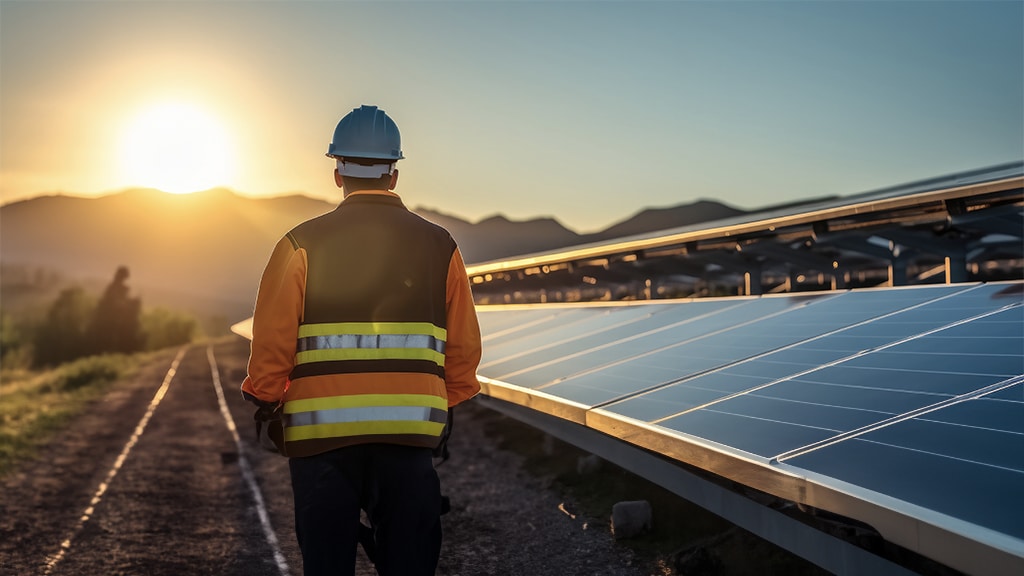
Droughts, heatwaves, intense storms, and hail – climate change brings extreme weather events. In such a climate, APV installations can become a shield for crops – providing shade that helps lower temperatures on hot days while increasing them on cooler days through combined shading and ventilation. Another advantage of agriPV is the reduction of water evaporation – a properly designed system can support rainwater collection and water management in the face of increasingly frequent heavy rainfall.
Photovoltaic panels also offer protection for delicate crops (like blueberries or raspberries) from heavy rains, hail, and other adverse weather.
Can Photovoltaic Fruit Cultivation Lead to Higher Quality?
Findings from agriPV farms worldwide confirm that by improving growth conditions and creating optimal microclimates, we can influence the quality of fruits and vegetables. For instance, studies on strawberries have shown a significant increase in fructose and glucose concentrations in strawberries grown under photovoltaic panels. Research also observed a general increase in yield and strawberry weight. In France and Italy, investments in photovoltaic fruit cultivation are even focusing on grapes, thus creating “solar vineyards.”
Photovoltaics Used as Intended
In every combination of agricultural production with photovoltaics, PV modules perform their primary function – producing electricity that can be used to power the farm or sold, becoming an additional source of income.
Year by year, photovoltaics are advancing rapidly, with increasing knowledge and technologies enabling the creation of more efficient PV installations. This helps boost the efficiency of electricity production from photovoltaics combined with agriculture. Solutions such as solar trackers, which monitor the sun’s position and adjust solar panels accordingly, contribute to this increased production.
AgriPV installations can be a solution to rising electricity prices and the energy demands of large farms, which often make continuing agricultural production challenging and unprofitable.
Read also: Solar farm construction
Dual Use of Agricultural Land – What Obstacles Must Agrivoltaics Overcome in Poland?
Due to rising energy prices, more and more Polish farmers are interested in renewable energy sources. This interest is also driven by regulations promoting sustainable agrivoltaic farming systems, such as the Strategy for Sustainable Development of Rural Areas, Agriculture, and Fisheries 2030, which is part of the broader global shift towards renewable energy.
Photovoltaics are advancing before our eyes. Under EU legislation, the role and development of solar energy are increasing each year.
The European Green Deal includes plans to coordinate the reform of the Common Agricultural Policy. One of the goals of this reform is to support innovative climate action solutions. Concurrent agricultural and photovoltaic production is undoubtedly such an action, ensuring both food and energy security. The concept has been identified by the Joint Research Centre as a key area for development to achieve the EU’s PV targets.
Agrivoltaics require dual land use, and in Poland, the construction of a traditional solar farm requires administrative reclassification of land for non-agricultural purposes, which involves obtaining a single administrative decision. Agrophotovoltaic systems (agroPV), on the other hand, do not remove land from agricultural production. Does this offer the possibility of more efficient land use? Absolutely.
The development of agrivoltaics can be supported by introducing new definitions (such as agrophotovoltaic farms), promoting the benefits of agrophotovoltaics in Poland, and creating a support system for such investments. This doesn’t mean, however, that the country hasn’t begun experimenting with this solution.
Cultivating Bear’s Garlic with Agrivoltaics – How Does It Work?
In Poland, for example, there is a farm cultivating bear’s garlic using agrophotovoltaics. It operates under the Zgorzelec Cluster for Renewable Energy and Energy Efficiency. In 2021, 10,000 bear’s garlic seedlings were planted between the panels. This plant requires little space to grow and prefers shaded or semi-shaded areas, so there was no concern about whether it would thrive. The first harvests were satisfactory, but the 2024 harvest, after the garlic had matured, was a true success. This plant has gained popularity in recent years, mainly due to the pesto that can be made from it.
Agrivoltaics Tested in Other Countries
Agrivoltaics are developing in countries like Italy and France, which can serve as good examples for us. The aforementioned “solar vineyards” inspire the use of agricultural land tailored to the climatic conditions specific to each country.
Japan, where limited agricultural land availability drives agrophotovoltaic development, is also a model, with agroPV being used on rice crops, for instance. The innovations emerging there aim to maximize land use efficiency.
Agrivoltaics tested in neighboring countries and worldwide have already provided us with a wealth of information about how integration works, why the system functions, and whether it performs well under specific conditions. Therefore, we will have no problem translating this accumulated knowledge into concrete actions.
Italy bans PV from agricultural land
Recently, the Italian government introduced a decree banning the construction of new ground-mounted photovoltaic systems on agricultural land to protect fertile soil from degradation. The goal is to ensure that this land is primarily used for food production rather than energy generation. The exception to the ban is agrivoltaic projects, which allow for simultaneous agricultural production and electricity generation. The decision has been positively received by farmers, but the photovoltaic industry criticizes it, accusing the government of imposing restrictions on the development of renewable energy sources.
Agrivoltaics – The Future of Renewable Energy
Agrivoltaics technology is a technology of the future, and it’s important that farmers and investors in Poland are aware of its potential. Photovoltaic systems in agriculture will become increasingly important, as agrophotovoltaics offer benefits that traditional photovoltaic installations cannot – in addition to energy production, they ensure food security and fulfill agricultural objectives.
We live in a time when the growth of photovoltaics is so visible and significant, and the need to support innovation so well understood, that we won’t have to wait long for solutions that will drive the development of Polish agrophotovoltaics. Even before gaining momentum, at Electrum, we are pleased to use our knowledge and experience to contribute to the development of agrophotovoltaic systems. For us, innovation takes center stage, driving the future of renewable energy.
Contact us if you’re interested in this solution.
